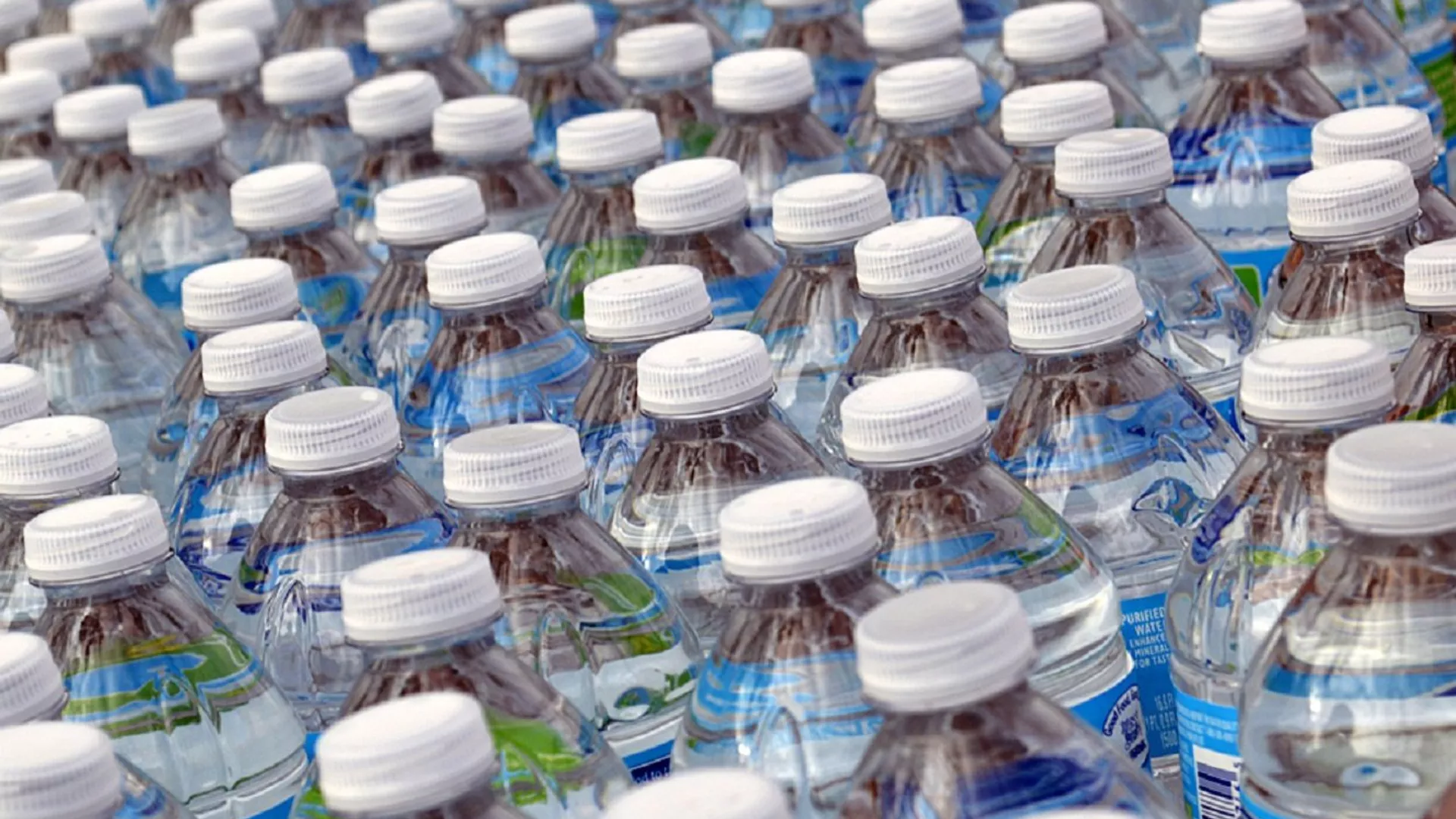Research has discovered alarming levels of nanoplastic particles between 110,000 and 370,000 per liter of bottled water sold in the US, making up 90 percent of the plastic residues. They pose health risks, as they can enter cells due to their tiny scope and circulate in the blood.
A recent study reveals that the average one-liter (33-ounce) bottle of water contains about 240,000 plastic fragments.
The findings, published in the peer-reviewed journal Proceedings of the National Academy of Sciences, highlight potential unknown health risks associated with plastic pollution.
The results indicate that water sold in plastic containers may have a particle count significantly higher than earlier assumptions. Unlike previous studies focusing on microplastics (1 to 5,000 micrometers), this research centered on nanoplastics — with particles smaller than 1 micrometer.
Nanoplastics in bottled water pose substantially greater health risks than microplastics. Their tiny size enables them to enter cells, circulate in the blood and influence organ functions. They also have the potential to move through the placenta and impact the health of the unborn child. While the existence of these particles in bottled water is a concern, their detection has remained elusive due to technological challenges.
To address the issue, the research team pioneered a unique microscopy approach and utilized a data-centric algorithm. They evaluated 25 one-liter bottles from three top-tier US brands — which they did not name. The data showed nanoplastic levels from 110,000 to 370,000 particles per liter, making up 90 percent of the plastic residues.
Naixin Qianed, the study’s lead author and a graduate student in chemistry at Columbia University, underscored the study’s importance in understanding nanoplastic pollution. Beizhan Yan, a co-author of the study and an environmental chemist at the same institution, highlighted the groundbreaking nature of their research, noting that it opened up previously uncharted territories in plastic pollution.
The study identified seven common plastic types in bottled water: polyethylene terephthalate (PET) and polyamide. However, numerous unidentified nanoparticles were also detected, potentially indicating a higher prevalence of nanoplastics in bottled water.
The world produces over 450 million tons of plastic every year, with a considerable amount deposited in landfills. While plastic is durable and can persist in the environment for a long time, it eventually breaks down into smaller fragments, exacerbating pollution issues. These microplastic particles often originate from a variety of sources, including synthetic fabrics.
A 2022 study revealed higher microplastic concentrations in bottled water than in tap water, while a 2021 report cautioned that opening and closing a plastic-sealed water cap could introduce plastic particles into the liquid.
The study team intends to expand their research beyond bottled water, investigating nanoplastics in tap water and snow samples from western Antarctica. Wei Min, a co-author and biophysicist at Columbia University, emphasized the importance of studying nanoplastics, noting their ability to infiltrate biological systems more easily due to their size.




